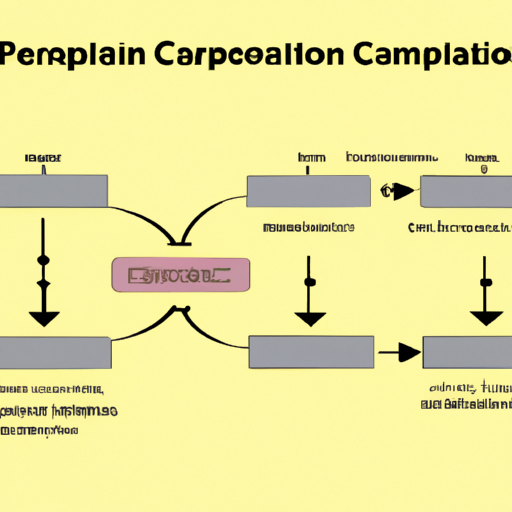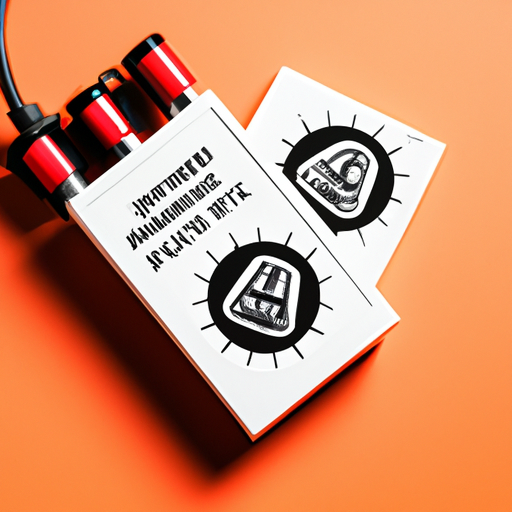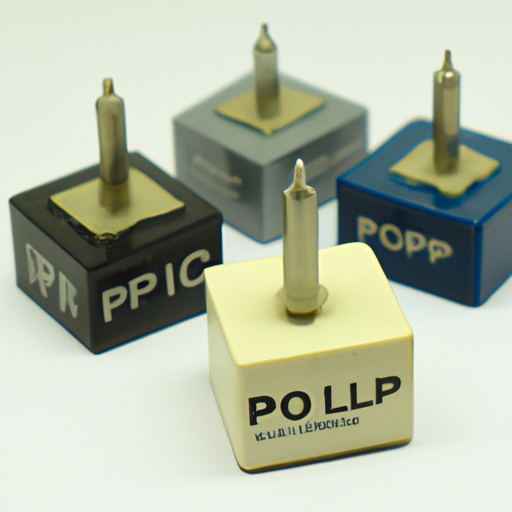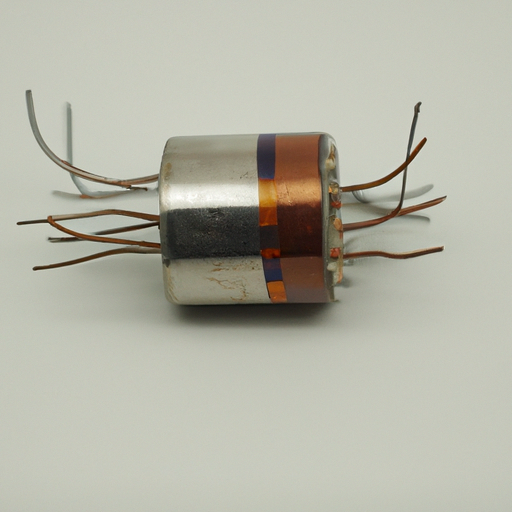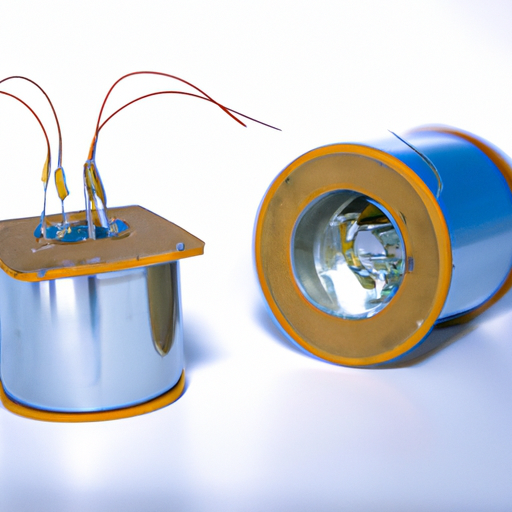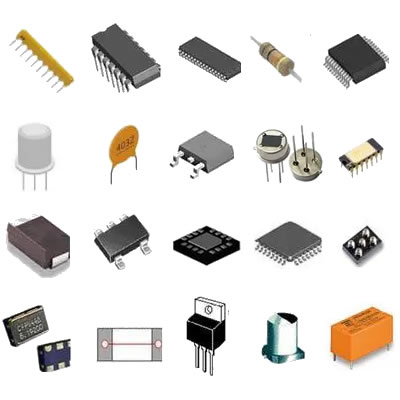What is the production process of reactive compensation for mainstream capacitors?
The Production Process of Reactive Compensation for Mainstream Capacitors
I. Introduction
In the realm of electrical engineering, reactive compensation plays a crucial role in enhancing the efficiency and stability of power systems. Reactive compensation refers to the process of managing reactive power, which is essential for maintaining voltage levels and ensuring the smooth operation of electrical equipment. Capacitors are integral components in this process, serving to store and release electrical energy as needed. This blog post will delve into the production process of reactive compensation for mainstream capacitors, exploring their types, manufacturing steps, integration into electrical systems, and future trends.
II. Understanding Reactive Compensation
A. Explanation of Reactive Power
Reactive power is the power that oscillates between the source and the load in an AC (alternating current) system. Unlike active power, which performs useful work, reactive power is necessary for creating magnetic fields in inductive loads such as motors and transformers. It is measured in VARs (volt-amperes reactive) and is essential for maintaining voltage levels across the power system.
B. Role of Capacitors in Reactive Power Compensation
Capacitors are used to provide reactive power support in electrical systems. By connecting capacitors in parallel with inductive loads, they can offset the lagging power factor caused by these loads. This compensation helps to improve the overall power factor, reduce losses, and enhance the capacity of the electrical system.
C. Benefits of Reactive Compensation in Electrical Systems
The benefits of reactive compensation are manifold. It leads to improved voltage stability, reduced energy losses, enhanced system capacity, and lower electricity costs. Additionally, it helps in minimizing the risk of equipment failure and prolongs the lifespan of electrical components.
III. Types of Capacitors Used in Reactive Compensation
A. Film Capacitors
1. Characteristics
Film capacitors are made from thin plastic films as the dielectric material. They are known for their stability, low loss, and high insulation resistance.
2. Applications
These capacitors are widely used in power electronics, motor drives, and power factor correction applications due to their reliability and performance.
B. Ceramic Capacitors
1. Characteristics
Ceramic capacitors utilize ceramic materials as the dielectric. They are compact, have a high capacitance-to-volume ratio, and exhibit excellent frequency characteristics.
2. Applications
Ceramic capacitors are commonly used in high-frequency applications, including RF circuits and decoupling applications in power systems.
C. Electrolytic Capacitors
1. Characteristics
Electrolytic capacitors are polarized capacitors that offer high capacitance values in a relatively small size. They are known for their ability to handle large amounts of charge.
2. Applications
These capacitors are often used in power supply circuits, energy storage applications, and for smoothing out voltage fluctuations in electrical systems.
IV. The Production Process of Capacitors
A. Raw Material Selection
1. Types of Materials Used
The production of capacitors begins with the selection of high-quality raw materials. This includes dielectric materials, conductive metals for electrodes, and encapsulating materials.
2. Quality Control Measures
Quality control is paramount in ensuring that the materials meet the required specifications for performance and reliability.
B. Manufacturing Steps
1. Dielectric Layer Production
a. Material Preparation
The dielectric layer is crucial for capacitor performance. Materials such as polypropylene, polyester, or ceramic are prepared and processed to achieve the desired thickness and properties.
b. Layer Formation Techniques
Various techniques, such as extrusion or casting, are employed to form the dielectric layer, ensuring uniformity and consistency.
2. Electrode Preparation
a. Material Selection
Conductive materials, typically aluminum or copper, are selected for the electrodes based on their conductivity and compatibility with the dielectric.
b. Coating and Layering Processes
Electrodes are coated with a thin layer of dielectric material, which is essential for the capacitor's functionality.
3. Assembly of Capacitor Components
a. Layer Stacking
The dielectric and electrode layers are stacked together in a precise manner to form the capacitor structure.
b. Encapsulation Techniques
The assembled capacitor is then encapsulated using materials that provide protection against environmental factors and mechanical stress.
4. Testing and Quality Assurance
a. Electrical Testing
Each capacitor undergoes rigorous electrical testing to ensure it meets performance specifications, including capacitance, voltage rating, and leakage current.
b. Environmental Testing
Capacitors are also subjected to environmental tests to assess their performance under various conditions, such as temperature and humidity.
C. Final Product Inspection and Packaging
Once the capacitors pass all tests, they undergo a final inspection before being packaged for distribution. This ensures that only high-quality products reach the market.
V. Integration of Reactive Compensation in Electrical Systems
A. Design Considerations
1. System Requirements
When integrating reactive compensation into electrical systems, it is essential to assess the specific requirements of the system, including load characteristics and power factor goals.
2. Capacitor Sizing and Configuration
Proper sizing and configuration of capacitors are critical to achieving optimal performance. Engineers must calculate the required capacitance to compensate for the reactive power demand effectively.
B. Installation and Commissioning
1. Site Assessment
Before installation, a thorough site assessment is conducted to evaluate existing electrical infrastructure and determine the best placement for capacitors.
2. Integration with Existing Systems
Capacitors are then integrated into the electrical system, ensuring compatibility with existing equipment and control systems.
VI. Challenges in the Production of Reactive Compensation Capacitors
A. Material Limitations
The availability and cost of high-quality materials can pose challenges in the production process. Manufacturers must continuously seek innovative materials that enhance performance while remaining cost-effective.
B. Technological Advancements
Keeping up with rapid technological advancements is essential for manufacturers to remain competitive. This includes adopting new production techniques and materials that improve capacitor performance.
C. Regulatory Compliance
Manufacturers must adhere to strict regulatory standards and guidelines to ensure the safety and reliability of capacitors. Compliance with these regulations can be a complex and time-consuming process.
VII. Future Trends in Reactive Compensation Capacitors
A. Innovations in Materials and Design
The future of reactive compensation capacitors lies in the development of advanced materials and designs that enhance performance, reduce size, and improve efficiency.
B. Impact of Renewable Energy Sources
As the integration of renewable energy sources increases, the demand for reactive compensation will grow. Capacitors will play a vital role in managing the variability and intermittency of renewable energy.
C. Smart Grid Integration
The rise of smart grids presents new opportunities for reactive compensation. Capacitors equipped with smart technology can provide real-time data and control, optimizing their performance in dynamic electrical systems.
VIII. Conclusion
In summary, the production process of reactive compensation for mainstream capacitors is a complex and multifaceted endeavor. From understanding the role of reactive power to the detailed manufacturing steps, each aspect is crucial for ensuring the reliability and efficiency of electrical systems. As technology continues to evolve, the importance of reactive compensation in modern electrical systems will only increase, paving the way for innovations that enhance capacitor technology and performance.
IX. References
- Academic Journals
- Industry Reports
- Technical Standards and Guidelines
This comprehensive overview highlights the significance of reactive compensation and the intricate production processes involved in creating capacitors that support efficient electrical systems. As we look to the future, the advancements in capacitor technology will undoubtedly play a pivotal role in shaping the energy landscape.

